If you’re just getting started in photography, you’ve probably heard the term “kit lens” thrown around a lot. But what is a kit lens? And why are they so popular among beginner photographers? This article will answer all of your questions about kit lenses! It will also discuss what they are, how to use them, and some of the pros and cons of owning one. So if you’re curious about kit lenses, keep reading!
What is a Kit lens?
Kit lenses are designed to be versatile and offer a good focal range for general photography, making them ideal for beginners who are just starting. However, they do have some drawbacks. For example, because they are designed to be versatile, they often have a slower aperture than more specialized.
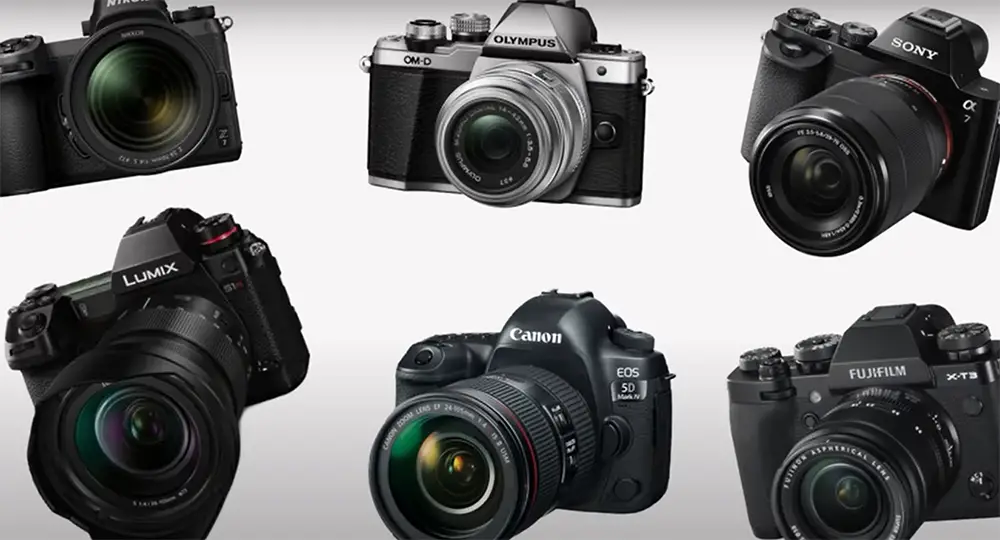
Kit lenses are typically made of plastic instead of metal, which keeps them lighter and more affordable. And while they may not have the same build quality or image quality as higher-end lenses, they are still perfectly capable of taking great photos and videos.
What Is a Kit Lens Good For?
Kit lenses are versatile and can be used for a variety of photography genres including portraits, landscapes, street photography, and more. They are also a great option for beginner photographers who are just starting and don’t want to invest in a lot of expensive gear.
One thing to keep in mind when using a kit lens is that they are not always the sharpest lenses available. But, with a little bit of know-how, you can still produce stunning images.
Here are a few tips on how to get the most out of your kit lens:
- Shoot in RAW format: This will give you the most flexibility when editing your photos later. Kit lenses tend to be a bit soft, so shooting in RAW will help you bring out the sharpness and details in your photos.
- Use a tripod: This is especially helpful when shooting landscapes or night photography. A tripod will help you keep your camera steady and prevent any blurriness in your photos. In addition, you might be interested in how many legs does a tripod have article
- Invest in some good quality filters: Filters can help improve the overall quality of your photos. They can also help reduce glare and reflections, which is often an issue with kit lenses.
- Play around with the aperture: A lot of kit lenses have a maximum aperture of f/22. But, by opening up the aperture to f/11 or lower, you can create some beautiful images with a shallow depth of field.
As you can see, there are a lot of things you can do to make the most out of your kit lens. With a little bit of creativity and experimentation, you can produce some amazing photos! So, don’t be afraid to get out there and start shooting! Who knows, you might just surprise yourself with what you’re capable of.
Pros of the kit lenses
Versatile use
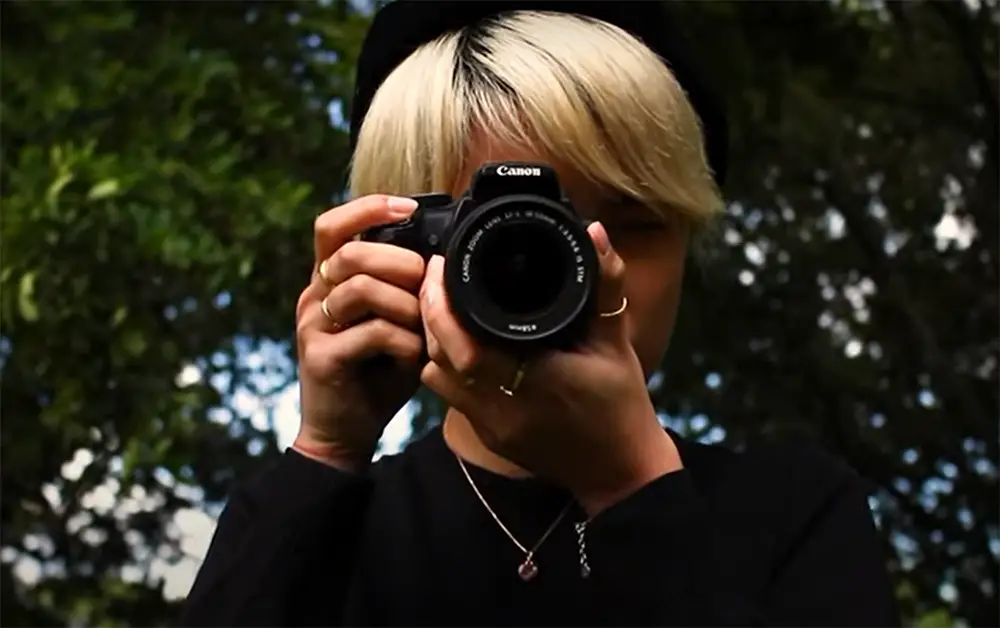
Furthermore, most entry-level DSLRs will come with an 18-55mm kit lens as part of a bundle. This is a great way to get started with photography without spending too much money on gear.
Size and weight
Another advantage of kit lenses is that they’re small and lightweight. This makes them ideal for traveling or carrying around with you on a day-to-day basis. Plus, if you’re new to photography, a smaller lens will be easier to handle and less intimidating to use.
The size of the lens also has an impact on the price. In general, kit lenses are more affordable than larger DSLR lenses.
Convenience
Another pro of kit lenses is that they’re very convenient. With one lens, you’ll have everything you need to get started with photography. This is a great option for beginners who want to keep things simple.
In addition, most kit lenses come with a zoom feature. This means you can get closer to your subject without having to move closer yourself. This can be helpful when you’re trying to take a photo of something in the distance [2].
Price
As we mentioned before, one of the biggest advantages of kit lenses is the price. If you’re on a budget, these lenses are a great option. You can find some really good quality kit lenses for under $500.
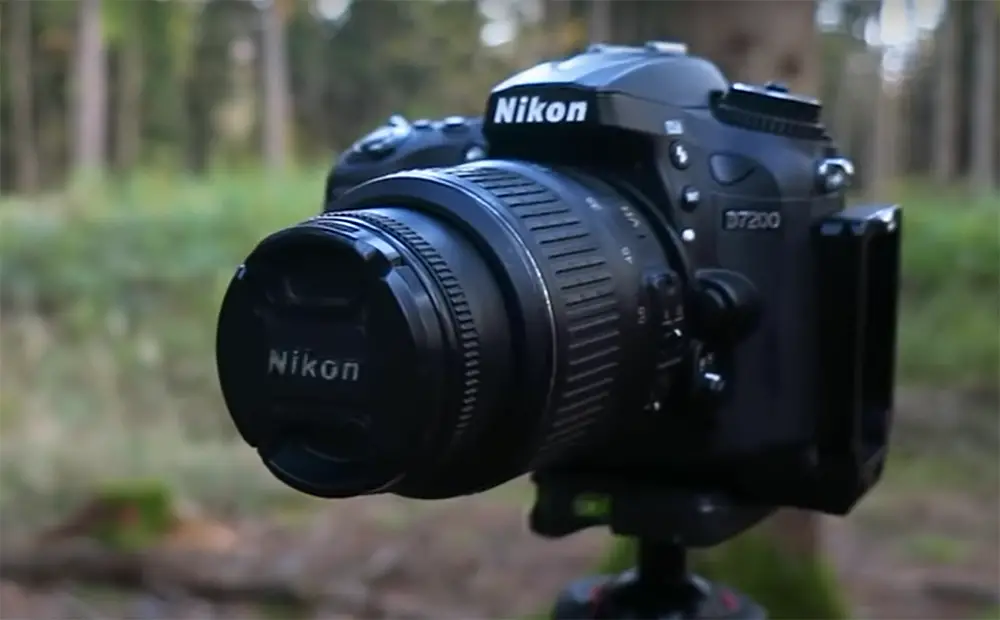
Of course, you can also find cheaper options if you’re willing to sacrifice some features and quality. But in general, kit lenses are a great value for the price.
Cons of the kit lenses
Limited aperture
The kit lenses have a very limited aperture, which can be a serious drawback for many photographers. This means that you won’t be able to get the shallow depth of field that is often desired in portraiture or other types of photography.
Additionally, the limited aperture can make it difficult to shoot in low-light situations without using a flash.
Another common issue with kit lenses is that they often have a lot of distortion. This can be particularly noticeable at the wide end of the zoom range. Distortion can be a serious problem if you are trying to shoot landscapes or other types of photography where straight lines are important.
Variable aperture
Another potential downside of the kit lenses is that they often have a variable aperture. This means that the maximum aperture changes as you zoom in or out. For example, a kit lens might have a maximum aperture of f/22 at the wide end and f/36 at the telephoto end.
This can be a serious problem if you are trying to shoot in low-light situations because you will have to use a higher ISO setting or a slower shutter speed. Additionally, it can be difficult to get the shallow depth of field that is often desired in portraiture or other types of photography.
Limited quality
The limited quality of the kit lenses can also be caused by the fact that they are often designed for entry-level DSLRs. This means that they might not be able to take advantage of the higher quality sensor in a more expensive camera.
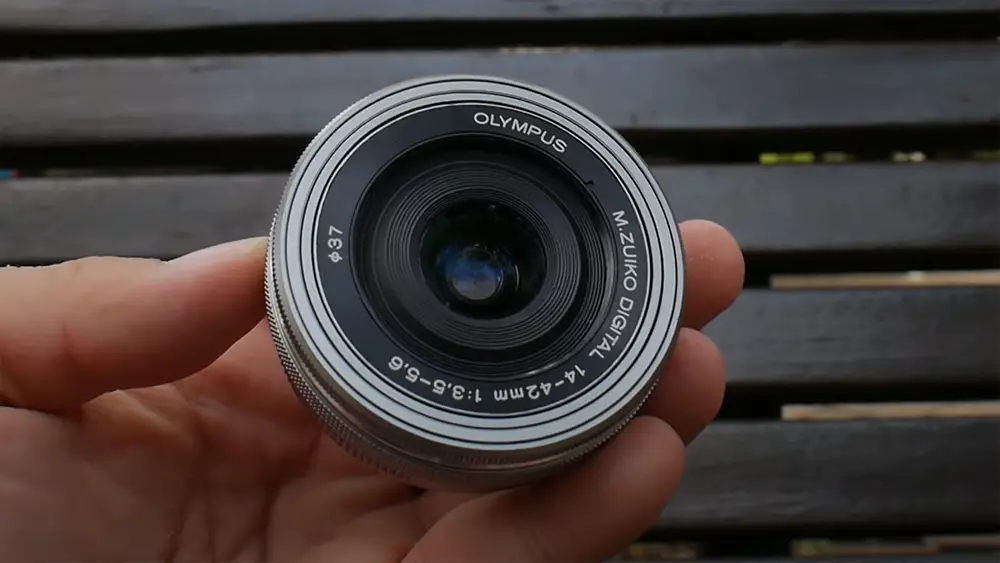
Despite all of these potential drawbacks, kit lenses can still be a great option for many photographers. They are often very affordable and offer a good range of focal lengths. Additionally, they can be a good way to get started in photography. If you are thinking about purchasing a kit lens, be sure to do your research and choose the one that best suits your needs.
What Lens Should I Buy After a Kit Lens?
Once you’ve outgrown the kit lens that came with your camera, it’s time to start thinking about purchasing a better quality lens. The type of lens you’ll need will depend on the types of photos you like to take. If you enjoy taking portraits, for instance, you might want to invest in a telephoto lens. Landscape photographers might prefer a wide-angle lens, while those who like to take close-up shots of small objects might want a macro lens.
Of course, there’s no need to rush out and buy an expensive lens as soon as you’ve mastered the basics of photography. You can always rent lenses if you’re not sure which one you want to purchase. And, as you get more experienced, you’ll have a better idea of which types of lenses suit your needs and interests.
In the meantime, here are a few things to keep in mind when shopping for a new lens:
- The focal length: This is the distance between the lens and the sensor (or film) inside the camera. The focal length is measured in millimeters (mm).
- The aperture: This is the opening in the lens through which light passes. The aperture is measured in f-stops (for example, f/16 or f/22).
- The speed: This refers to how quickly the lens can open and close the aperture. The speed is measured in seconds (for example, t/16 or t/22).
- The autofocus: This feature allows the camera to focus on a subject automatically.
- The image stabilization: This feature reduces camera shake and blurring [3].
Comparison of Key Indicators for Kit Lenses
Kit lenses are standard lenses that are typically included with entry-level DSLR cameras. These lenses are versatile and can be used for a wide range of photography applications, including landscape, portrait, and street photography. In this table, we compare various indicators of popular kit lenses in the market.
| Indicator | Canon EF-S 18-55mm f/3.5-5.6 IS II | Nikon AF-P DX NIKKOR 18-55mm f/3.5-5.6G VR | Sony 18-55mm f/3.5-5.6 OSS |
|---|---|---|---|
| Focal Length Range | 18-55mm | 18-55mm | 18-55mm |
| Maximum Aperture | f/3.5-5.6 | f/3.5-5.6 | f/3.5-5.6 |
| Minimum Aperture | f/22-38 | f/22-38 | f/22-36 |
| Image Stabilization | Yes | Yes | Yes |
| Weight | 215g | 205g | 194g |
| Filter Thread Size | 58mm | 55mm | 49mm |
The table compares key indicators of three popular kit lenses from Canon, Nikon, and Sony. All three lenses have a focal length range of 18-55mm and a maximum aperture of f/3.5-5.6. They also have image stabilization technology to reduce camera shake and produce sharper images. However, there are differences in the minimum aperture, weight, and filter thread size. For example, the Sony 18-55mm f/3.5-5.6 OSS has a smaller minimum aperture of f/22-36, making it better suited for low light situations. The Canon EF-S 18-55mm f/3.5-5.6 IS II is the heaviest of the three lenses at 215g, while the Sony 18-55mm f/3.5-5.6 OSS is the lightest at 194g. The filter thread size also varies between the lenses, with the Canon and Nikon lenses having a larger thread size of 58mm and 55mm, respectively, compared to the Sony lens with a 49mm thread size. Overall, this table provides a quick overview of the key differences between popular kit lenses, helping photographers make an informed decision when purchasing a new lens.
If you want to learn more about lenses, check related guides:
FAQ
What does a kit lens do?
A kit lens is a versatile all-in-one zoom lens that covers a wide range of focal lengths, making it ideal for everything from landscapes to portraits.
What is the difference between a kit lens and a prime lens?
A prime lens is a fixed focal length lens, meaning it cannot zoom in or out. A kit lens, on the other hand, is a zoom lens that offers a range of focal lengths.
So, if you’re looking to invest in a versatile all-in-one zoom lens for your DSLR camera, then a kit lens is a great option!
Is a kit lens necessary?
No, a kit lens is not necessary. However, it is a great option for those who are looking for an all-in-one zoom lens that covers a wide range of focal lengths.
How do you know if a lens is a kit lens?
The easiest way to tell if a lens is a kit lens is to check the focal length. Kit lenses typically have a focal length of 18-55mm.
Can you take good photos with a kit lens?
Yes, you can take good photos with a kit lens! Many professional photographers use kit lenses for a variety of different photography genres.
Why is it called a kit lens?
The term “kit lens” comes from the fact that these lenses are often sold in a kit with a DSLR camera body.
Can I buy a camera without a kit lens?
Yes, you can buy a camera without a kit lens. However, keep in mind that you will need to purchase a separate lens (or lenses) if you want to be able to take advantage of your camera’s full potential.
Is a kit lens good for portraits?
Yes, a kit lens is good for portraits! The telephoto capabilities of a kit lens make it ideal for capturing close-up shots of your subjects.
What are the benefits of using a kit lens?
A kit lens is an excellent way to save money while you’re getting started in photography. They are usually very affordable and offer a good range of focal lengths. Kit lenses are also typically small and light, making them easy to carry around.
Another advantage of kit lenses is that they often come with image stabilization, which can be helpful in low-light situations or when shooting handheld. And many modern kit lenses offer decent image quality, despite their relatively low price tag.
So if you’re looking for an affordable entry into the world of photography, a kit lens might be a good option for you. Just keep in mind that you may eventually want to upgrade to a better lens down the road.
What are the downsides of using a kit lens?
One downside of using a kit lens is that they are often not as high quality as other lenses. They also have a tendency to be less versatile, meaning that they may not be able to zoom in or out as much as other lenses. Additionally, kit lenses typically have a shorter warranty than other lenses. However, the biggest downside of using a kit lens is that they often come with lower-end cameras, which can limit your ability to take high-quality photos. Overall, if you’re looking for a high-quality camera and lens, it’s best to avoid kit lenses. However, if you’re on a budget or just starting out in photography, a kit lens can be a good option.
What type of photography is best suited for kit lenses?
There are a few different types of kit lenses available on the market, each with their own set of strengths and weaknesses. For instance, a wide-angle kit lens is ideal for landscape photography, while a telephoto kit lens is better suited for wildlife or sports photography. Ultimately, it all comes down to what type of photography you want to do and which lens will best help you achieve your desired results.
Another thing to keep in mind is that kit lenses are often designed to be more budget-friendly, so they may not have all the same features as a high-end lens. However, this doesn’t mean that they can’t produce great results – it just means that you might have to work a little harder to get the most out of them.
So, if you’re looking for a versatile lens that won’t break the bank, a kit lens might be just what you need. Do some research to find the best one for your needs, and then get out there and start shooting!
Which camera brands offer kit lenses?
There are many different camera brands that offer kit lenses, some of the most popular being Canon, Nikon, and Sony. Each brand offers their own unique selection of kit lenses, so it really depends on what you’re looking for in a lens as to which one is best for you. That being said, Canon and Nikon entry-level DSLRs usually come with a 18-55mm f/x lens, while Sony’s entry-level DSLR typically comes with a 28-70mm f/x lens. As far as zooms go, these are both pretty standard focal lengths that will allow you to capture a wide variety of subjects.
Kit lenses are oftentimes seen as inferior to other lenses on the market because they are designed to be an all-in-one solution for a beginner photographer. They are not typically as fast or as sharp as some of the more expensive lenses, but they are a great way to get started with photography. And, as you grow as a photographer and start to develop your own style, you can always upgrade to better lenses down the road.
How do you know if a camera offers a kit lens?
The kit lens is the basic zoom lens that’s often sold with a DSLR camera. The term “kit” refers to the fact that this type of lens comes as part of a package deal. Many entry-level DSLRs are bundled with an all-purpose zoom lens, which offers a versatile range of focal lengths. This makes it a great option for those who are just starting out in photography and don’t want to invest in multiple lenses right away.
The most common kit lenses have a focal length range of 18-55mm, which covers most shooting situations. If you’re looking for something even more versatile, there are also kits that include a second lens with a longer focal length (usually 55-200mm). These types of lenses are often referred to as “double zoom” or “twin lens” kits.
Is a kit lens good enough?
This is a question that I get asked a lot, and it’s tough to answer. It depends on what you’re looking for in a lens. A kit lens is typically an all-purpose lens that comes bundled with your camera body when you purchase it. The quality of these lenses has come a long way in recent years, but they’re still not as good as a dedicated prime or zoom lens.
If you’re just starting out in photography, or if you don’t have a specific need for a particular type of lens, then a kit lens can be a great option. They’re usually affordable and offer decent image quality. However, if you know that you want to shoot portraits or landscapes, for example, then investing in a better lens will help you get the results you’re looking for.
How do you know if a lens is a kit lens?
A kit lens is a type of lens that is often included as part of a camera kit. Kit lenses are usually designed to be versatile and cover a wide range of focal lengths, making them a good choice for general photography. However, kit lenses can also be limited in terms of image quality and features when compared to more expensive lenses.
If you’re not sure whether a particular lens is a kit lens, check the product description or ask the salesperson. In general, kit lenses are affordable and offer good value for money. However, they may not be the best option if you’re looking for high-quality images or specific features.
When deciding whether to buy a camera with a kit lens or purchase one separately, it’s important to consider your needs and budget. If you’re just starting out in photography, a kit lens can be a good way to get started. However, if you’re looking for more advanced features or higher quality images, you may want to invest in a separate lens.
Should I upgrade from the kit lens?
This is a question that plagues many new photographers – whether or not to upgrade from the kit lens that came with their camera. The kit lens is the basic, all-purpose lens that is typically included when you purchase a DSLR camera body. It usually has a focal length range of 18-55mm, which covers most everyday shooting situations. So why would you want to upgrade?
There are a few reasons why you might want to consider upgrading from your kit lens. The first reason is image quality. The kit lens is designed to be an all-purpose lens, so it isn’t necessarily designed for optimal image quality. If you’re looking for the best possible image quality, then you’ll want to invest in a better lens.
The second reason is flexibility. The kit lens might not have the focal length range that you need for the type of photography that you want to do. For example, if you want to do a lot of landscape or wildlife photography, you’ll need a longer focal length lens in order to get close to your subject.
The third reason is speed. The kit lens is usually a slower lens, meaning that it has a lower maximum aperture. This can be a problem if you’re trying to shoot in low light situations or if you want to achieve a shallow depth of field effect.
What mm is a kit lens?
A kit lens is a popular type of camera lens that comes packaged with a DSLR camera body. They are called “kit” lenses because they are typically sold as part of a camera kit, along with the camera body and other accessories. Kit lenses are usually zoom lenses, meaning they have variable focal lengths that allow you to zoom in and out. The most common kit lenses are 18-55mm or 18-135mm, although there are also 24-105mm and 28-300mm options available.
Kit lenses are generally versatile and offer a good range of focal lengths for different types of photography, from wide-angle shots to portraits to close-ups. They are also usually affordable, making them a great option for beginner photographers. However, kit lenses are not without their drawbacks. They tend to be less sharp than higher-end lenses, and they often have lower image quality at the extremes of their focal range (e.g. 18mm or 55mm).
If you’re just starting out in photography, a kit lens is a great place to start. But if you’re serious about photography and want the best possible image quality, you’ll eventually want to upgrade to a better lens.
Why do photographers change lenses?
There are a few reasons. The first is image quality. A kit lens is designed to be an all-purpose lens, but it doesn’t excel at any one thing. A photographer who wants to specialize in landscape photography, for example, will want a lens that can capture sharp details and beautiful colors.
Another reason photographers change lenses is for versatility. A kit lens typically has a wide field of view, which is great for general photography, but not so great for close-up shots. By changing to a different lens, a photographer can get the framing they want without having to move closer or further away from their subject.
Finally, some photographers simply prefer the look of certain lenses over others. This is a matter of personal preference, and there’s no right or wrong answer.
Which lens should you buy first?
For starters, let’s answer the question: what is a kit lens? A kit lens is a general-purpose zoom lens that is often bundled with cameras as part of a “kit.” Kit lenses are designed to be versatile and cover a wide range of focal lengths, making them ideal for all-around photography.
There are several things to consider when choosing your first lens. One is the focal length range, or how much zoom the lens offers. Most kit lenses have a focal length range of 18mm to 55mm, which covers most everyday shooting situations. If you know you want to do a lot of close-up or landscape photography, you may want to look for a lens with a wider or narrower focal length range.
Another consideration is aperture. Aperture is the size of the opening in the lens through which light passes. The larger the aperture, the more light that can enter the camera, which is helpful in low-light situations. Kit lenses usually have a maximum aperture of f/22, which is adequate for most purposes but may not be enough if you want to do a lot of low-light or night photography.
Finally, you’ll want to consider build quality and autofocus speed. Kit lenses are often made from plastic instead of metal, so they’re not as durable as higher-end lenses. And because they’re designed to be affordable, kit lenses often have slower autofocus motors, which can be frustrating if you’re trying to capture fast-moving subjects.
What lens should every photographer have?
This is a question that gets asked a lot, and there are many different opinions on the matter. While there are many great lenses out there, there is one lens that every photographer should have in their kit, and that is a kit lens.
Kit lenses are versatile, all-purpose lenses that are great for a variety of photography genres including landscape, portrait, street, and more. Kit lenses usually come with a focal length range of 18-55mm or 24-105mm, which gives you the ability to shoot wide-angle and telephoto photos. In addition, most kit lenses come with image stabilization (IS), which helps reduce camera shake and blurriness in your photos.
If you’re just getting started in photography, or if you’re looking for a versatile, all-purpose lens, then a kit lens is the perfect option for you.
Useful Video: Let’s Talk About the Kit Lens (EFS 18-55mm)
Conclusion Paragraph
A kit lens is a versatile and affordable option for photography enthusiasts. They are ideal for beginners or those on a budget, as they offer a great way to get started in photography without breaking the bank. However, it is important to understand how to use them properly to get the most out of your investment. With a little practice, you’ll be taking amazing photos in no time!
References:
- https://improvephotography.com/10330/what-is-a-kit-lens/
- https://shotkit.com/kit-lens/
- https://pixelpluck.com/10-best-lenses-to-upgrade-from-your-kit-lens/





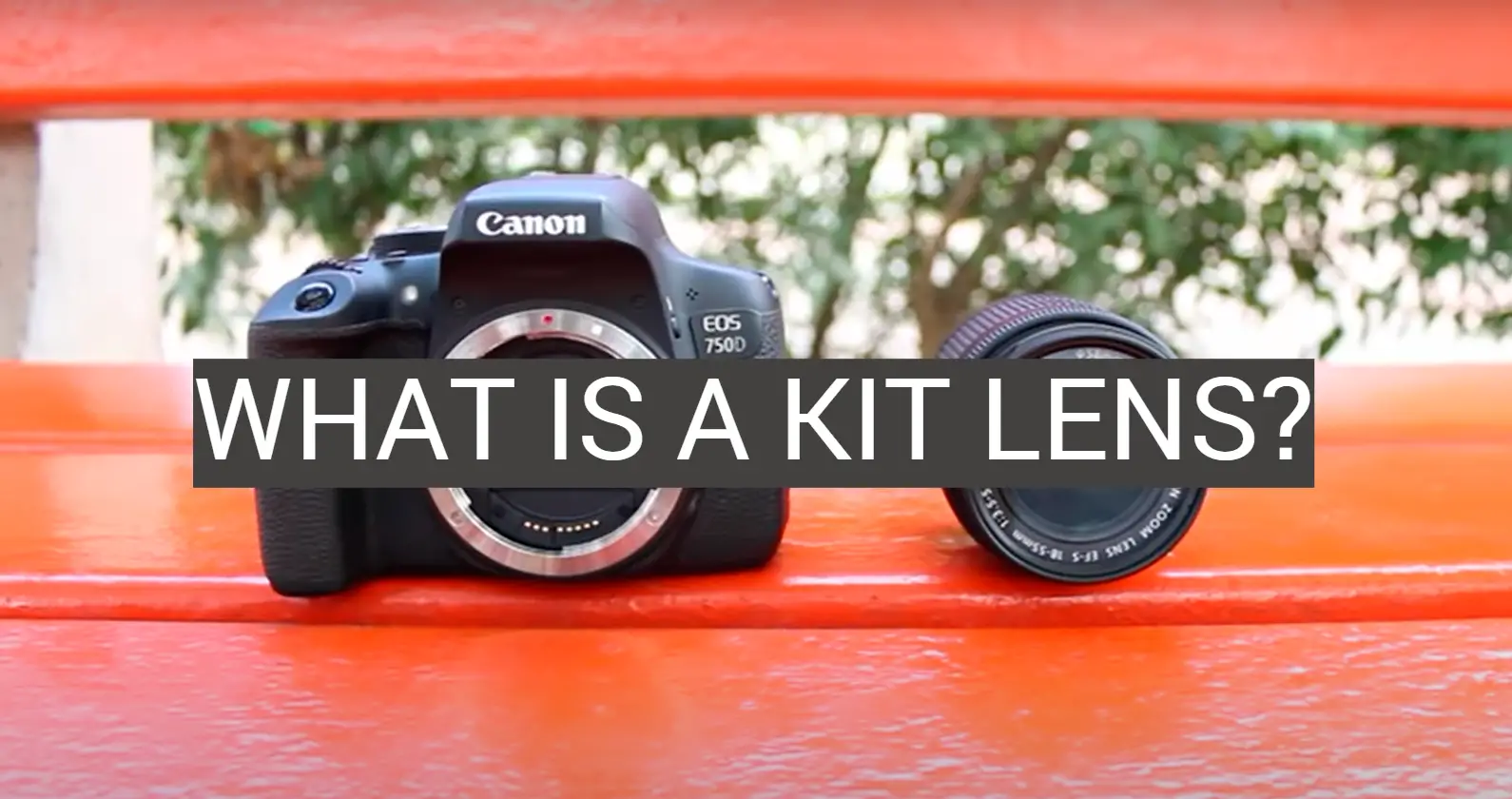
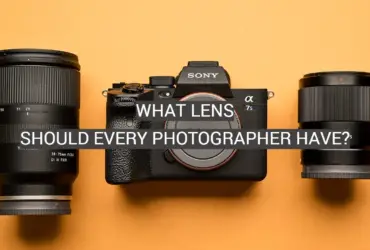
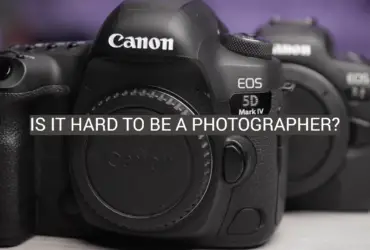
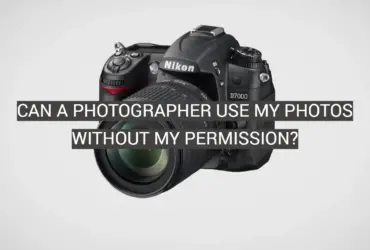


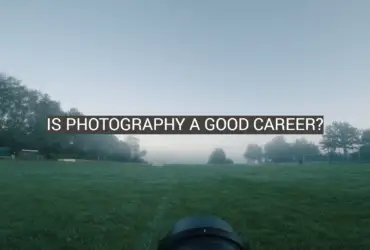
Leave a Reply